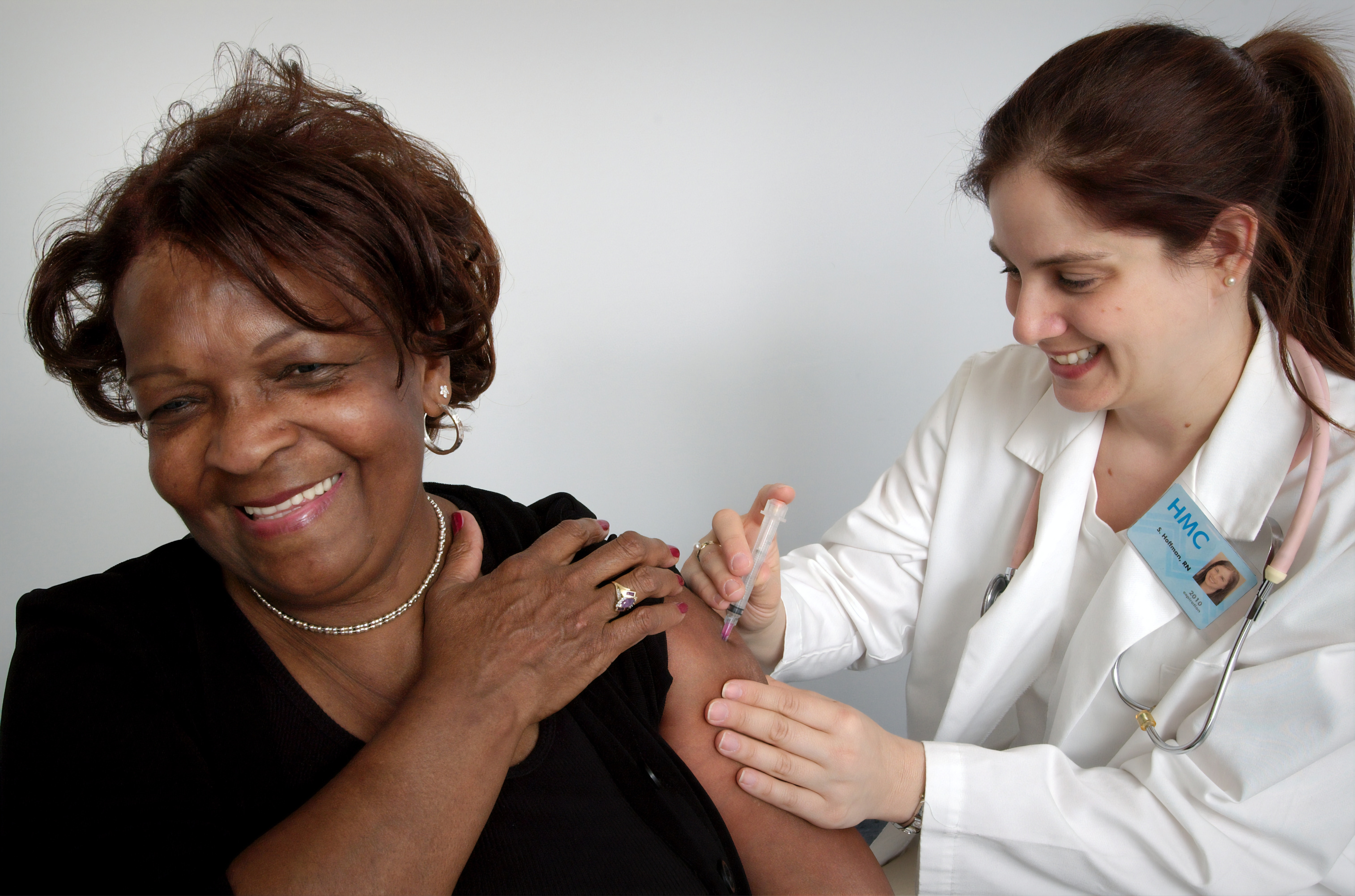
At a time when medical advancements make so much possible, it’s hard to imagine that there are scores of Americans suffering from undiagnosed, misdiagnosed or uncured medical conditions. What does it mean to live with a mysterious medical issue?
It can be tempting to imagine that having a rare or unusual illness or ailment would excite medical professionals and compel them to engage in chasing down treatments for these patients. The reality, however, is much different. These are the patients that many doctors don’t want to see. The American healthcare system doesn’t afford medical professionals the time or resources it can take to fully assist outliers, so pursuing answers to their medical mysteries often falls to patients themselves.
Sharing the stories of those who endure puzzling ailments, and creating platform and community where people in need can seek medical solutions and treatments, is the goal of Chasing the Cure, a new show produced by Lionsgate Television, B-17 Entertainment, and Motiv8 Media, which premiered in August on TNT.
For B-17 Entertainment digital technology manager Will Davies, the best stories channel classic themes: “Life, love and happiness.” Patients’ pursuit of these essentials underscores the stories Davies and his team feature on Chasing The Cure, which chronicles a patient’s journey as they meet with a panel of top doctors who aim to understand and diagnose issues ranging from the odd to the life-threatening.
What also stands out about Chasing the Cure is the show’s use of crowdsourcing to identify case files to spotlight on the show. The fan base continues to grow – with a call to action for patients and their families to share their stories, some of whom are similarly marginalized by the healthcare system.
By forging a community around people with a shared experience of living with a lack of medical diagnosis or access, Davies and his colleagues are creating a new experience for viewers. This new kind of storytelling blurs the lines between what is mobile, streaming and linear TV. The patients’ stories don’t stop at the weekly broadcast. Their conversations reverberate beyond the show as patients, audiences, friends, and followers become each others’ support and information network.
Fostering community

Using crowdsourcing to shape the interactive stories and foster a sense of community among fans is a growing trend among producers. Diagnosis and Chasing the Cure are two examples of how this approach is impacting storytelling in the health space. Chasing the Cure invites a panel of doctors and medical consultants, plus a global audience, to participate in solving medical mysteries.
The audience can participate by calling, texting or engaging through social media, including a Facebook group and dedicated website. There they can also review patient case files and submit their own. If they don’t make it on to the show, they can still participate and interact with other viewers within the community.
Reshaping stories
Chasing the Cure involves a new approach to bringing the audience into a story that’s unfolding in real-time. As that story breaks open, it elicits reactions and responses from a community that is invested in the story and its outcome. They are helping to shape it as it unfolds.
The show focuses on how connections can help marginalized patients understand their medical issues and can shed light on the medical challenges complicating their lives.
“The show was such an interesting concept” Davies explains, “especially with healthcare being the way it is in this country. And sort of seeing a connective line between so many different patients and the things that they needed.” Davies shares.
Where misfits matter
While the story is being experienced and constructed on multiple platforms, Davies explains: “it’s still storytelling at its core.” This approach to story shaping works in such a powerful way with the subject matter.
Medical misfits have found a community where they matter. No one tells them it’s all in their heads. No one advises that they must be doing something to cause their own mysterious ailments. Here, they are believed, supported and heard. Plus, Davies and his fellow storytellers give the medically marginalized the resources to pursue what really matters to them – a diagnosis, treatment and a cure.

